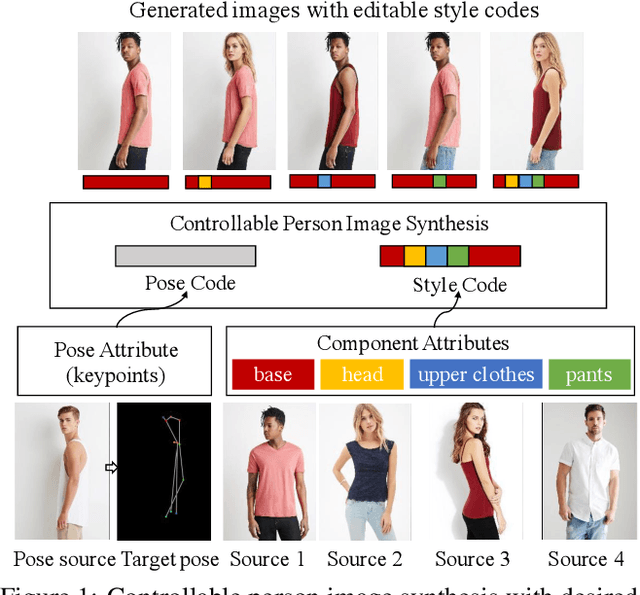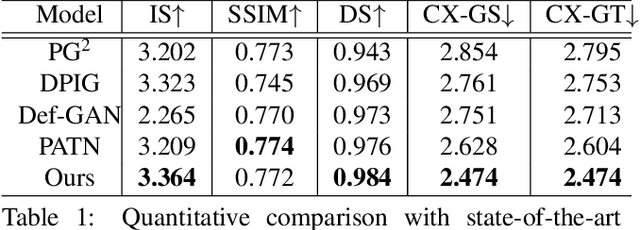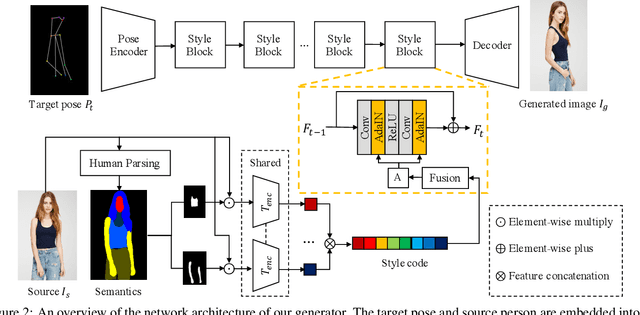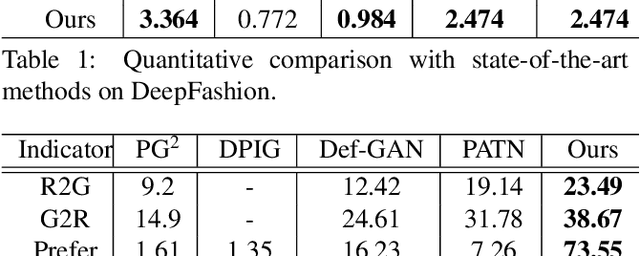Yiming Mao
StarWhisper Telescope: Agent-Based Observation Assistant System to Approach AI Astrophysicist
Dec 09, 2024



Abstract:With the rapid advancements in Large Language Models (LLMs), LLM-based agents have introduced convenient and user-friendly methods for leveraging tools across various domains. In the field of astronomical observation, the construction of new telescopes has significantly increased astronomers' workload. Deploying LLM-powered agents can effectively alleviate this burden and reduce the costs associated with training personnel. Within the Nearby Galaxy Supernovae Survey (NGSS) project, which encompasses eight telescopes across three observation sites, aiming to find the transients from the galaxies in 50 mpc, we have developed the \textbf{StarWhisper Telescope System} to manage the entire observation process. This system automates tasks such as generating observation lists, conducting observations, analyzing data, and providing feedback to the observer. Observation lists are customized for different sites and strategies to ensure comprehensive coverage of celestial objects. After manual verification, these lists are uploaded to the telescopes via the agents in the system, which initiates observations upon neutral language. The observed images are analyzed in real-time, and the transients are promptly communicated to the observer. The agent modifies them into a real-time follow-up observation proposal and send to the Xinglong observatory group chat, then add them to the next-day observation lists. Additionally, the integration of AI agents within the system provides online accessibility, saving astronomers' time and encouraging greater participation from amateur astronomers in the NGSS project.
Once Detected, Never Lost: Surpassing Human Performance in Offline LiDAR based 3D Object Detection
Apr 24, 2023Abstract:This paper aims for high-performance offline LiDAR-based 3D object detection. We first observe that experienced human annotators annotate objects from a track-centric perspective. They first label the objects with clear shapes in a track, and then leverage the temporal coherence to infer the annotations of obscure objects. Drawing inspiration from this, we propose a high-performance offline detector in a track-centric perspective instead of the conventional object-centric perspective. Our method features a bidirectional tracking module and a track-centric learning module. Such a design allows our detector to infer and refine a complete track once the object is detected at a certain moment. We refer to this characteristic as "onCe detecTed, neveR Lost" and name the proposed system CTRL. Extensive experiments demonstrate the remarkable performance of our method, surpassing the human-level annotating accuracy and the previous state-of-the-art methods in the highly competitive Waymo Open Dataset without model ensemble. The code will be made publicly available at https://github.com/tusen-ai/SST.
Controllable Person Image Synthesis with Attribute-Decomposed GAN
Apr 18, 2020



Abstract:This paper introduces the Attribute-Decomposed GAN, a novel generative model for controllable person image synthesis, which can produce realistic person images with desired human attributes (e.g., pose, head, upper clothes and pants) provided in various source inputs. The core idea of the proposed model is to embed human attributes into the latent space as independent codes and thus achieve flexible and continuous control of attributes via mixing and interpolation operations in explicit style representations. Specifically, a new architecture consisting of two encoding pathways with style block connections is proposed to decompose the original hard mapping into multiple more accessible subtasks. In source pathway, we further extract component layouts with an off-the-shelf human parser and feed them into a shared global texture encoder for decomposed latent codes. This strategy allows for the synthesis of more realistic output images and automatic separation of un-annotated attributes. Experimental results demonstrate the proposed method's superiority over the state of the art in pose transfer and its effectiveness in the brand-new task of component attribute transfer.
 Add to Chrome
Add to Chrome Add to Firefox
Add to Firefox Add to Edge
Add to Edge